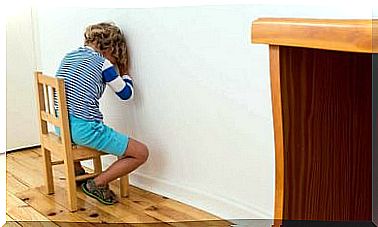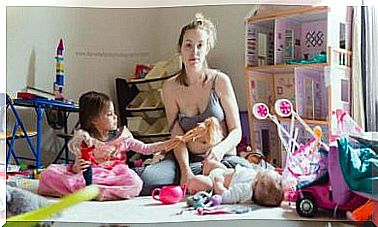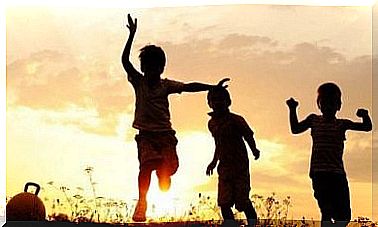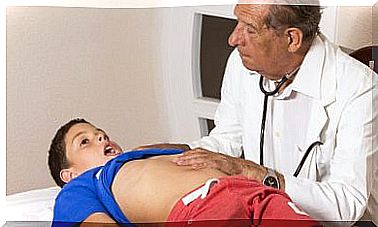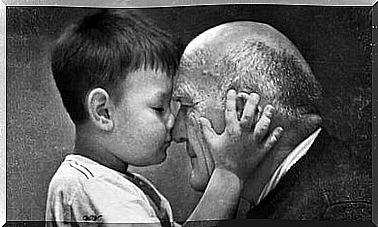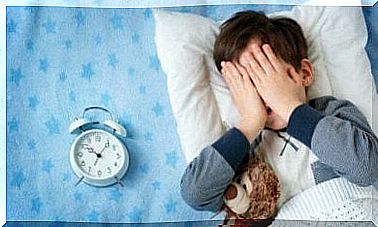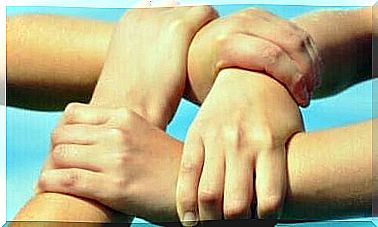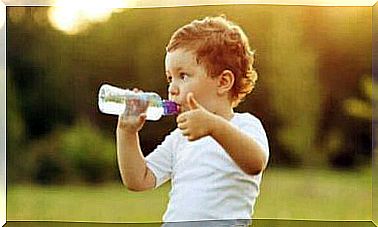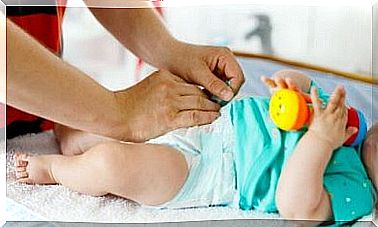Depression In Childhood: Causes And Treatment
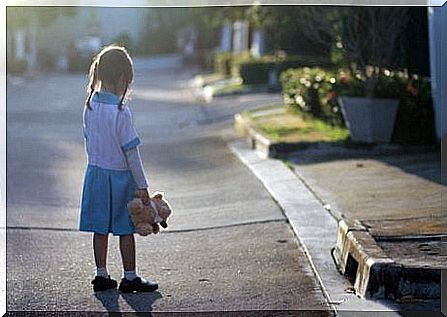
It may seem impossible to imagine that children – brought into a world of play and adventure – can become depressed. However, the reality is sadly different.
Childhood depression exists and health professionals consider it a disease. Even newborns can fall victim to depression, which is triggered by strong feelings of unhappiness.
The biggest problem with depression in childhood is that it can go unnoticed.
Often, children do not understand what is happening to them. They experience emotions they do not know how to express and can overcome much less.
Although their symptoms may seem like a sign of weakness, they are actually a sign of a dangerous, emotional disorder.
- Apathy
- Aggression
- Nostalgia
- Lack of motivation
- Low self-esteem
- Mood swings
These are some of the most obvious indicators of depression in children.
However, there may be much more in it. Personal conflicts, psychological changes and disorders can remain hidden for some time.
What causes depression in childhood?
Brain chemistry, biology, life experience, mental health… Depression can involve many factors.
But, when it comes to children, there is one factor that makes them particularly vulnerable: their immaturity when it comes to controlling their emotions.
Associated risk factors:
- Environment (social and family).
- Genetic predisposition. According to some clinical studies, children who have parents who suffer from depression are four times more likely to get the same diagnosis.
How to determine if a child is depressed
Childhood depression can be proven clinically and emotionally. Grief is an indication, but it is not the most significant.
Depression refers to the presence of one or more of the following symptoms, for more than 2 consecutive weeks (without effect from any substances):
- Feelings of guilt.
- Hostility, irritability, anger.
- Self-destructive ideas or behaviors.
- Physical discomfort without medical explanation.
- Changes in weight, for no apparent reason.
- Feelings of emptiness, hopelessness.
- Agitation or prevention of psychomotor activity.
- Sleep problems, difficulty concentrating.
- Apathy, loneliness, negativity, a tendency to cry.
- Unable to enjoy school or leisure activities.
- Despair, lack of energy, refusal of speech, poor academic performance.
Babies also suffer from depression
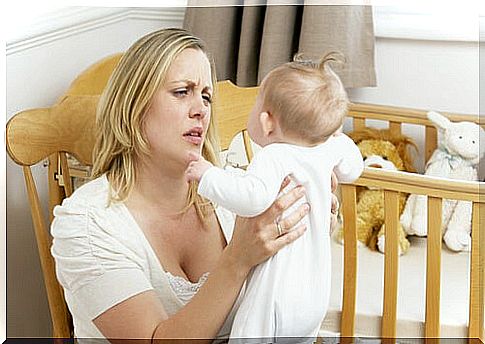
When babies come into the world, they cling to those who offer them protection and survival. The more satisfying and loving these connections are, the happier the babies will be.
If, on the other hand, babies face rejection, lack of affection (especially from the mother), then depression is threatening.
What are the manifestations of depression in babies? Apathy, repressed crying, lack of laughter, lack of response to stimuli, attachment to strangers.
If an 8-month-old baby prefers to be in the arms of a stranger, rather than the arms of his own parents, something is wrong. The same is true if the child is quiet, does not feel like exploring the world around him, or worse if the child takes a side step in his development.
If a 17-18-month-old child does not walk, or at the age of 2 still does not say a single word, it can also be a sign of depression. These factors are often the result of depressed parents.
How to diagnose and treat childhood depression
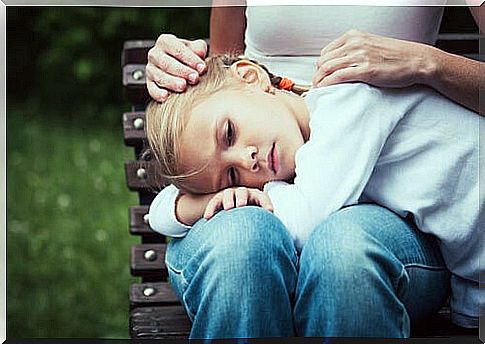
There is no specific method to detect depression in children. Conversations and consultations with health professionals, as well as an evaluation of your child’s symptoms, will help one make a diagnosis.
The strategy will vary depending on the age of the child.
There are dynamic and systematic therapies to identify pathological parameters of interaction. Based on these parameters, the specialist will choose treatment techniques, which, in some cases, may include meditation.
It is important that parents are understanding and compassionate. Care, respect and encouragement for healthy, social interaction are fundamental in children’s lives.
